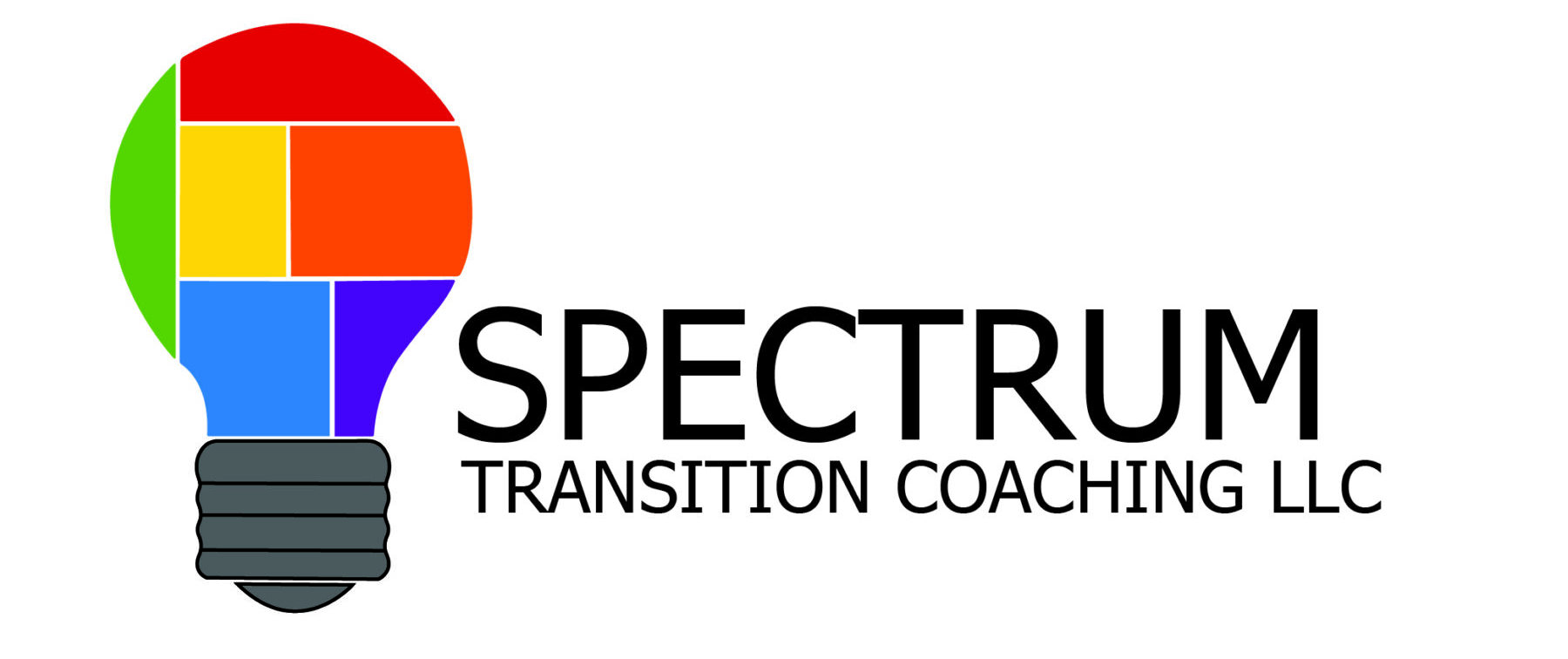Our internal life can be many things from season to season or even moment to moment. In a short period of time, we can feel everything from excited to nervous to scared to bored to inspired and more. This range of emotions keeps life interesting and, at times, challenging.
Some of these emotions can combine to make us feel stressed. Stress is a part of life but it can cause some unwelcome effects unless we know how to manage it effectively.
The World Health Organization defines stress as:
“Stress can be defined as a state of worry or mental tension caused by a difficult situation. Stress is a natural human response that prompts us to address challenges and threats in our lives. Everyone experiences stress to some degree. The way we respond to stress, however, makes a big difference to our overall well-being.”
Both parenting and navigating adolescence and early adulthood can create periods of high stress. Sending an autistic teenager off to college, interviewing for a new job or managing a busy family schedule are just a few examples of the variety of stressful situation we navigate everyday. Today, we’re going to share three short-term stress reduction techniques to help you and your autistic young adults stay present in the moment.
Grounding
When you or your student find yourself making big statements about the future like “I’ll never be able to…” or “If I fail this assignment, I’ll need to drop out,” it can be helpful to bring yourself back to the present moment.
When we are feeling stressed, it can be easy to catastrophize or imagine the worst case scenario. This can cause us to spiral as our brains switch into fight/flight/freeze mode and it’s hard to make sound decisions when your brain is in survival mode. This is when a short term stress reduction technique can be especially useful.
Grounding is a simple way to bring yourself back to reality. It’s about getting out of your head using the power of breath and your senses. One technique called 5, 4, 3, 2, 1 relies on your senses. Here’s a brief explanation from Calm.
- Name 5 things you can see.
- Name 4 things you can hear.
- Name 3 things you can feel.
- Name 2 things you can smell.
- Name 1 thing you can taste.
By methodically thinking through each of your senses, your brain recongizes its physical surroundings. In this calmer state, you’ll be able to make better decisions about the the current situation rather than jumping to the worst case scenarios.
Power Posing
We all know the phrase that “90% of communication is nonverbal.” We know how our tone, body language, eye contact gestures and facial expressions communicate our message to others.
But what about the power of nonverbal communication on ourselves and our stress levels?
I highly recommend this TED Talk by social psychologist, Amy Cuddy. It’s been viewed over 72 million times! She shares her incredible research into the power that our own body langauge has on our confidence and how to add ‘power posing’ into your routine.
Here are seven power posing ideas from Microsoft to get you started. Even spending a few minutes in these dominant poses can boost confidence and reduce stress. Try one before a big presentation or while you are getting ready for a high-stakes conversation.
Tactile Sensations
Another great way to reduce stress in the moment is to focus your brain on a tactile sensation. This physical input can help shift your attention to the present moment and allow you to think more clearly. This taps into the field of somatics. According to Johns Hopkins Medicine,
“The term “Somatics” was coined by professor and theorist Thomas Hanna in 1976 and it has come to represent a field of movement studies and bodywork that foregrounds the internal physical sensations, perceptions, and experiences of the body.”
My clients love Calm Strips because they are discreet and you can stick them to your laptop, water bottle or phone. They come in a few different textures depending on your personal preference.
If you find that the Calm Strips are helpful for reducing your stress, you can also explore the other somatic exercise listed here. Understanding and being able to access these techniques like body scans and concious breathing are great tools to have in your stress reductive toolbox!
Experiment with these three techniques to find which works for you – grounding, power posing or tactile sensations. Remind yourself to use these tools when you feel your stress levels rising so you can manage stress, rather that it managing you.

